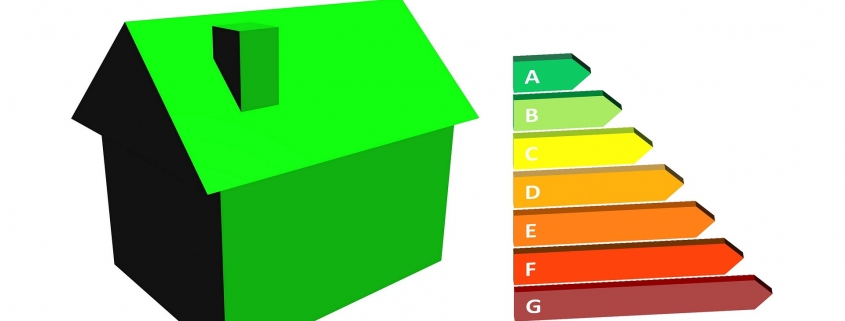From April 2018 new standards for new domestic boiler installations (Boiler Plus) will apply, improving the way people use energy in their homes by giving them more choice, greater control and tangible savings on their energy bills. The new minimum performance standard for gas boilers in England will be set at 92% ErP. The standard will also make timers and room thermostats a minimum requirement.
When a gas combination boiler is installed, an additional energy efficiency measure will be required. This requirement is flexible to allow a suitable choice to be made that reflects the diverse nature of housing stock, and the needs of the household. The energy saving technologies that can be selected are;
- Flue gas heat recovery system
- Weather compensation
- Load compensation
- Smart controls featuring automation and optimisation functions
What do I need to comply with Boiler Plus?
The range of controls and options from manufacturers and 3rd parties (Nest, Tado, Honeywell, etc) can be confusing and with the new Boiler Plus regulations it couldnt be more important to select the right package. This is where you rely on your installer to give you the right advice and not what is easiest to fit or most profitable.
At South West Energy Services we have built part of reputation on applying advanced integrated controls to domestic and commercial heating\cooling systems for the past 10 years. This has culminated in to developing our own automated building control software for commercial applications.
Our expertise in this field means we can give you the right advice every time!
To help understand the Boiler Plus options we have put together a simple guide for you.
Flue gas heat recovery system
A flue gas heat recovery unit is an option provided by manufacturers and 3rd parties to recover the rejected energy from the flue gas and transfer it back to the heating or hot water systems.
Pros
Provides good efficiency gains for high temperature heating systems and large hot water demands
Cons
This is an external unit which fits on top of the boiler so available space must be considered
Weather Compensation
Weather compensation adjusts the water flow temperature from the boiler based on ambient air temperature. The colder it gets outside, the higher the heating flow temperature. The reverse for cooling. At a fixed external temperature (summer disconnect) the heating system will shut down automatically.
Weather compensation will save 10% with preset set points based on (A0˚C\W60˚C) and a summer disconnect of 18˚C.
Pros
Simple to install
Low cost
Highest return on energy savings
Cons
There aren’t any!
Load Compensation
Load compensation monitors internal and external temperatures to enable the boiler. Dead bands are created where the boiler is in standby even though the external temperature is lower than the internal temperature.
Load compensation will delay the start up of the heating\cooling system to the latest possible moment to avoid unnecessary energy use. The sensors calculate the rate of change and amount of time required to raise the temperature by 1C.
To improve efficiency weather compensation needs to be integrated.
Pros
Simple to install
Low cost
Cons
Can cause issues with comfort levels when applied to buildings with high solar gain (lots of glass)
Requires weather compensation to be fully optimised
Smart Controls
Smart controls are all around us and we have more options than ever before. Smart controls are basically an App which utilises Load compensation and geo location with the ability to adjust the internal room temperature and hot water functions remotely.
For existing boiler installations with one or two heating zones we would recommend the Nest or Honeywell Lyric. They are good value for money, easy to install & setup and provide annual savings of 2-5%.
New boiler installations will be specified with the Vaillant vSMART and VRC700 which incorporates; Weather compensation, Load compensation, Smart controls, all in one package.
Pros
Simple to install
Low cost
Cons
Having the ability to control your heating remotely is a useful tool but now we have the control do we understand how best to use it?
More guides to follow on how to use your Smart Control



